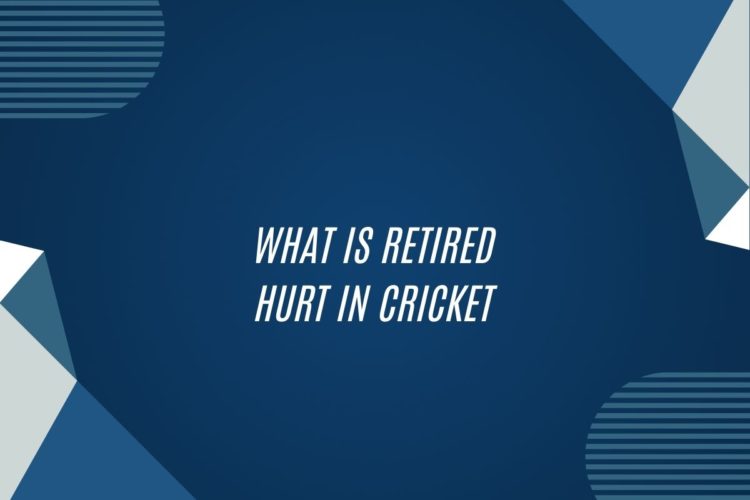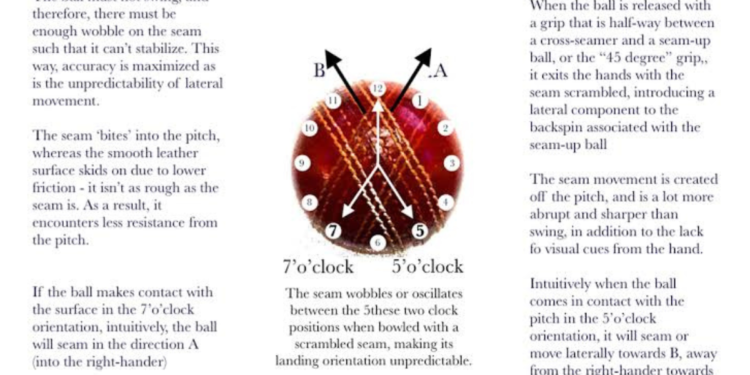Retired Hurt in Cricket Explained
Retiring hurt in cricket is a rule that allows a batsman to temporarily leave the field due to injury or illness. When a player is unable to continue batting, they can retire hurt with the permission of the umpires. This rule is in place to ensure the welfare of the players and to provide them with the necessary time to recover before returning to play.
The decision to retire hurt is typically made by the player in consultation with the team’s physiotherapist or doctor. It is important for the player to prioritize their health and well-being over the game, as playing through pain or injury can lead to further complications. Once the player has received the necessary treatment and is deemed fit to return to the field, they can resume batting if they wish.
Origin of the Rule
The rule of a player retiring hurt in cricket dates back to the late 19th century when the game was evolving and rules were being refined. In the early days of cricket, there were no provisions for players getting injured during a match, leading to instances where injured players struggled to continue playing or had to leave the field abruptly.
Amidst concerns for player safety and fairness, the need for a rule allowing injured players to temporarily leave the field with the option to return was recognized. The origin of the retired hurt rule aimed to balance the competitive nature of the game with the health and well-being of the players, ensuring that teams were not unfairly disadvantaged due to injuries.
When a Player Can Retire Hurt
A player in cricket is allowed to retire hurt when they sustain an injury or illness that impedes their ability to continue playing effectively. This rule is in place to prioritize the player’s well-being and ensure that they receive appropriate medical attention without the added pressure of continuing to participate in the game. Retiring hurt is a decision that is made by the player in consultation with the team’s medical staff and match officials, based on the severity of the injury or illness.
In order to qualify for retirement hurt, the player must demonstrate that they are genuinely unable to continue playing due to their condition. This decision is not taken lightly and is subject to scrutiny by the match officials to prevent misuse of the rule. Once a player retires hurt, they are allowed to return to bat or bowl if they have sufficiently recovered, but their absence during the period of injury may have implications for the team’s performance and strategy.
Impact on the Team
Retiring hurt in cricket can have significant implications for the team’s performance during a match. When a player is forced to leave the field due to injury, it can disrupt the team’s batting or bowling lineup, affecting the overall balance and strategy of the game. The absence of a key player can cause a shift in momentum and put added pressure on the remaining players to perform under challenging circumstances.
Furthermore, the decision for a player to retire hurt can also impact the team’s morale and confidence on the field. Watching a teammate struggle with injury can be disheartening for the rest of the team, potentially affecting their focus and concentration during crucial moments of the game. This emotional aspect of retiring hurt cannot be underestimated, as it can influence the team dynamics and overall performance on the field.
Procedure for Retiring Hurt
When a cricketer sustains an injury during a match that prevents them from continuing to play, they have the option to retire hurt. This decision is made by the player themselves or at the discretion of the team’s medical staff. The player must inform the umpires of their decision to retire hurt, after which the umpires will inform the opposing team.
Once a player has retired hurt, they must leave the field of play immediately and can only return to bat if they are fit to do so. If the player is unable to resume their innings, they will be considered ‘retired out,’ and a substitute fielder will be allowed to take their place for the remainder of the match. It is essential for the player’s safety and well-being that the retiring hurt procedure is followed promptly and efficiently.






















